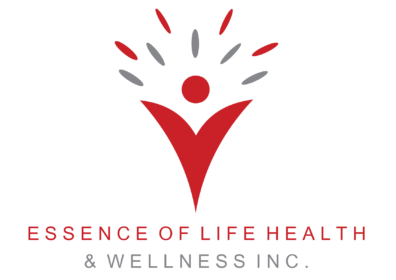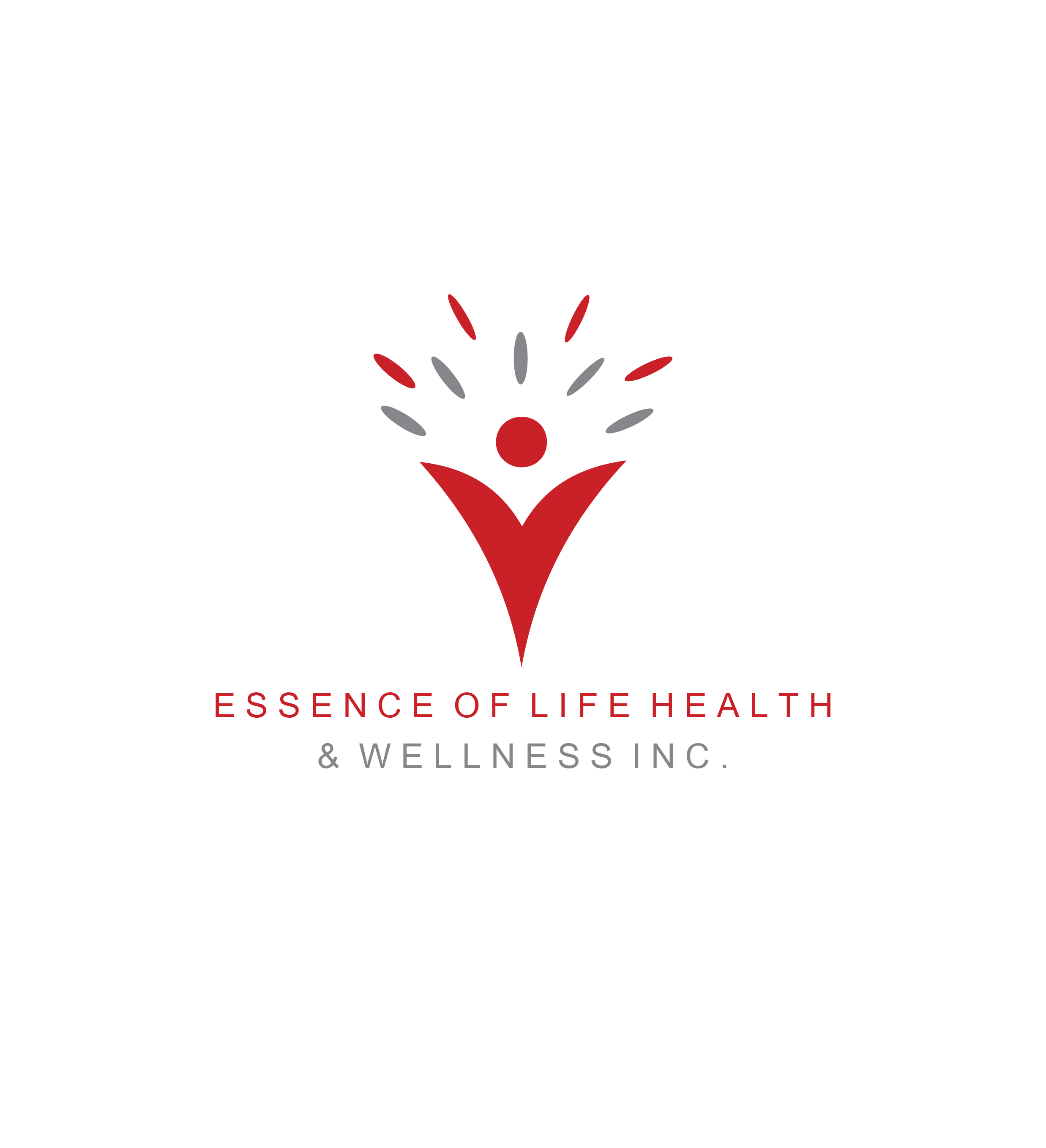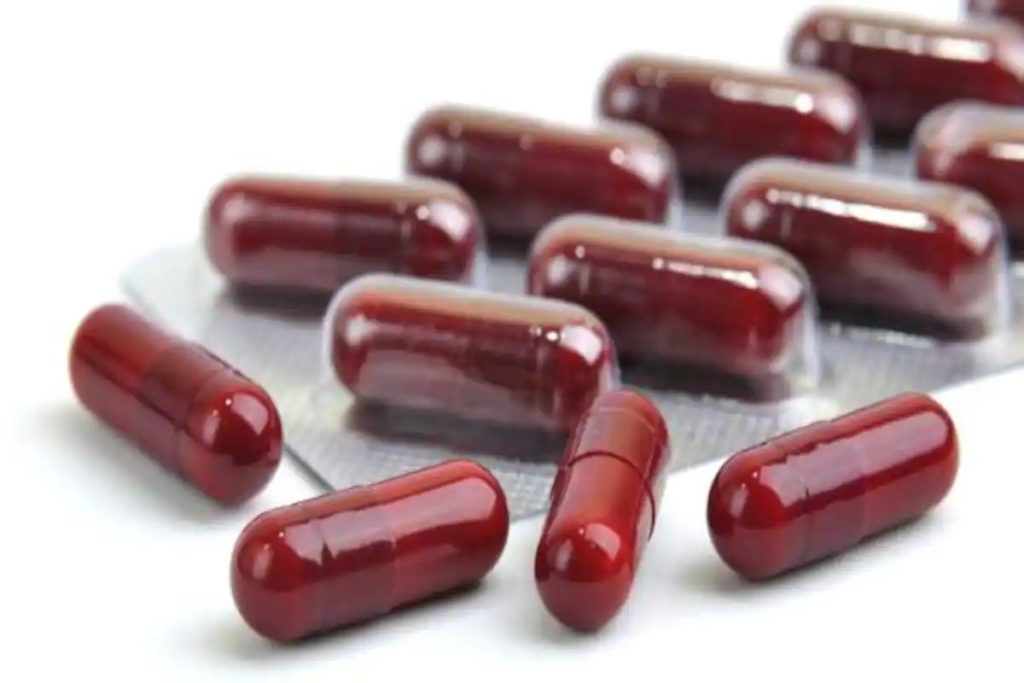Iron Facts By Barbara O’Neill Iron Facts Dietary iron is found in 2 forms: Heme iron from meat (60%) Non heme is found in plant food Non heme iron is bound to components in food. It must be enzymatically liberated in the gastro-intestinal tract for absorption to occur. Gastric secretions including hydrochloric acid and pepsin aid in the release of non heme iron from food components. The released iron is now in a ferric state. The ferric iron remains fairly soluble as long as the pH of the stomach is acidic. In this environment much of the ferric iron may be reduced to the ferrous state. Absorption of iron is improved if the iron is present in the ferrous state. Ascorbic acid (vitamin C) acts as a reducing agent with ferric iron to form a ferrous ascorbate chelate which remains soluble even in the alkaline environment of the small intestine. Fructose promotes non heme iron absorption. The cysteine-containing peptide in protein appears to be responsible for increasing iron absorption. Protein also improves iron absorption by increasing intestinal secretions. Conclusion: Increasing hydrochloric acid by taking the herb gentian with the enzymes papain and bromelain. Gentian increases the secretion of hydrochloric acid. Include fruit at breakfast and a Vitamin C supplement. Include a vegetarian protein every meal, eg. Legumes, tofu, nuts and seeds. Foods and dietary articles that decrease iron absorption:
1. dehydration – 2 litres must be taken daily
2. salt-free diet – 1 tspn celtic salt to be taken with meals
3. tea can reduce iron absorption by 60%
4. Coffee can reduce iron absorption by 40%
5. oxalic acid found in chocolate
6. Low hydrochloric acid. It is important to leave five hours between meals to allow the gastric glands to build up sufficient gastric enzymes for the next meal.
N.B.: The product Biozyme contains gentian plus the enzymes Bromelain and Papain. Research shows 50% of people over the age of 50 have 40-60% less H.C.L. These figures closely align with dehydration in this age group also.


